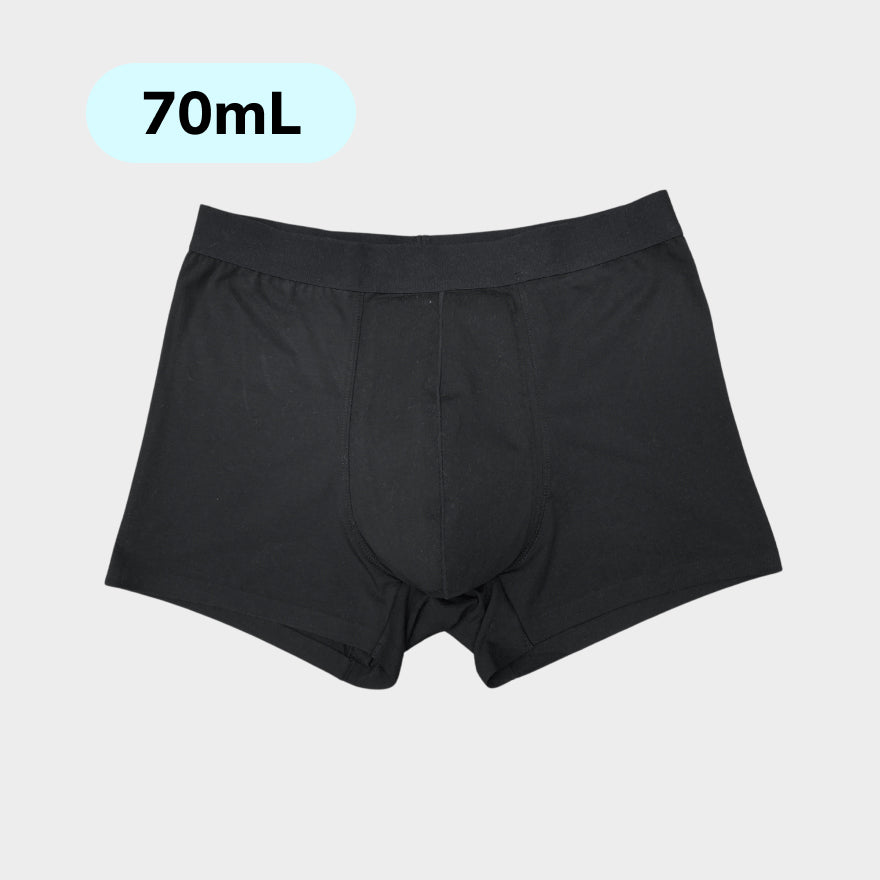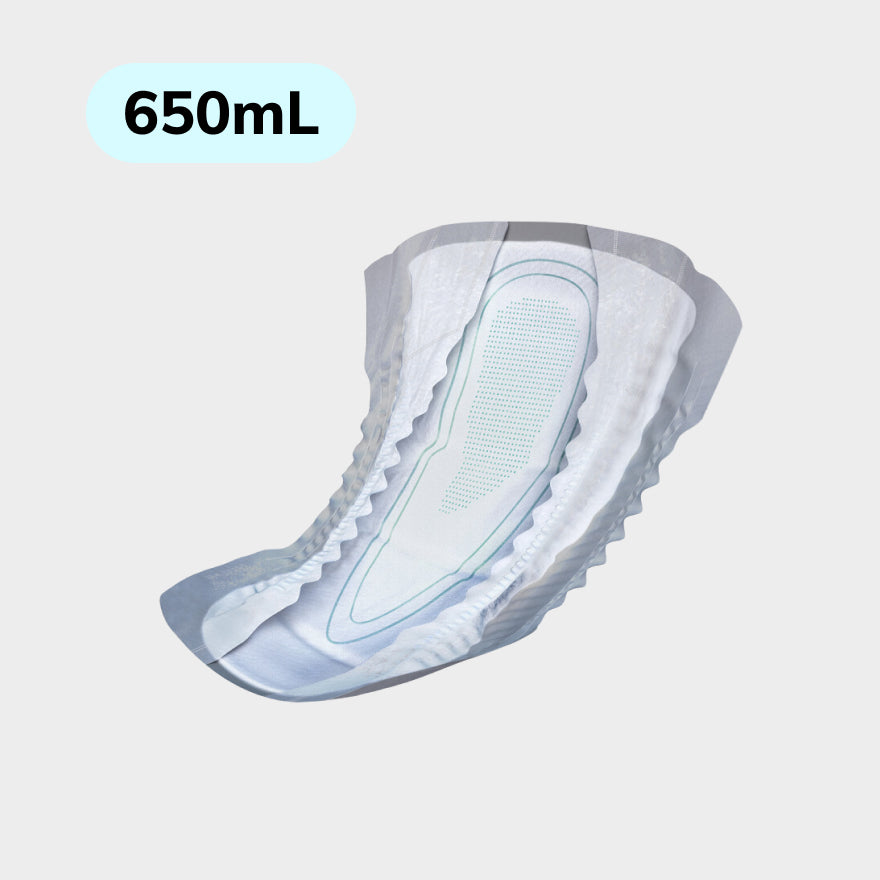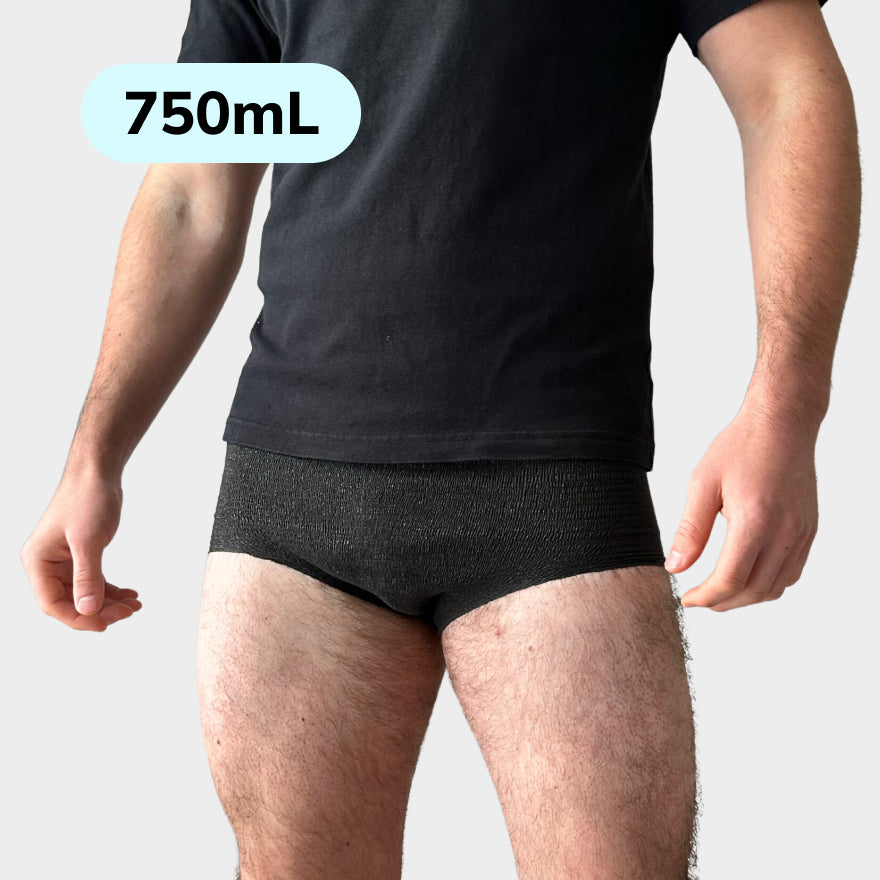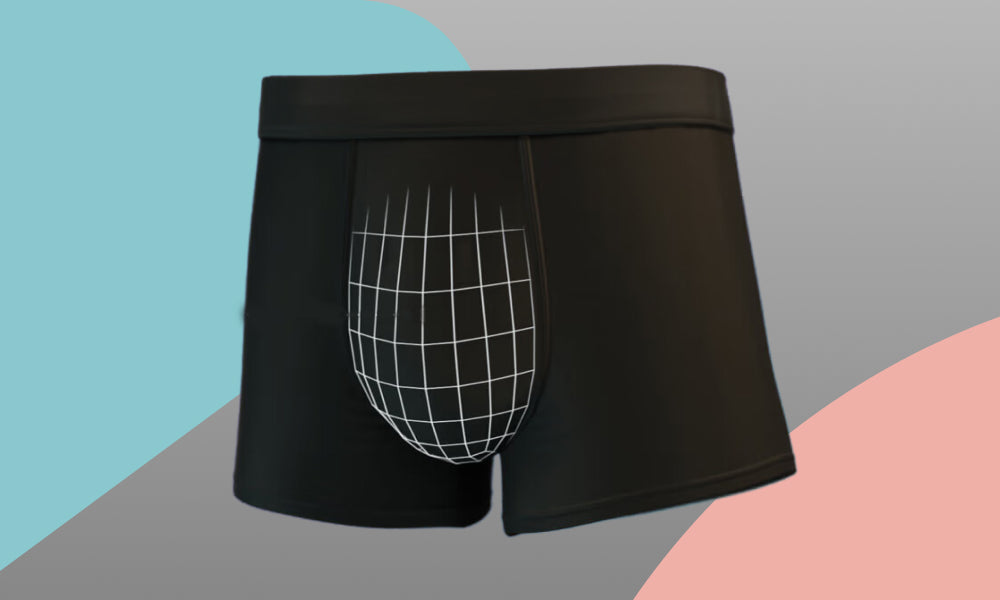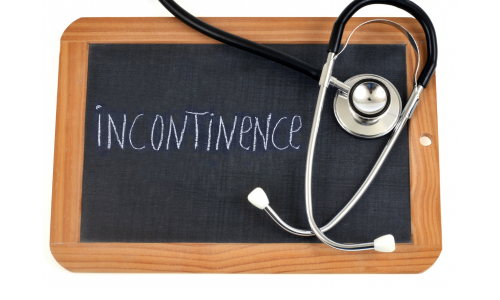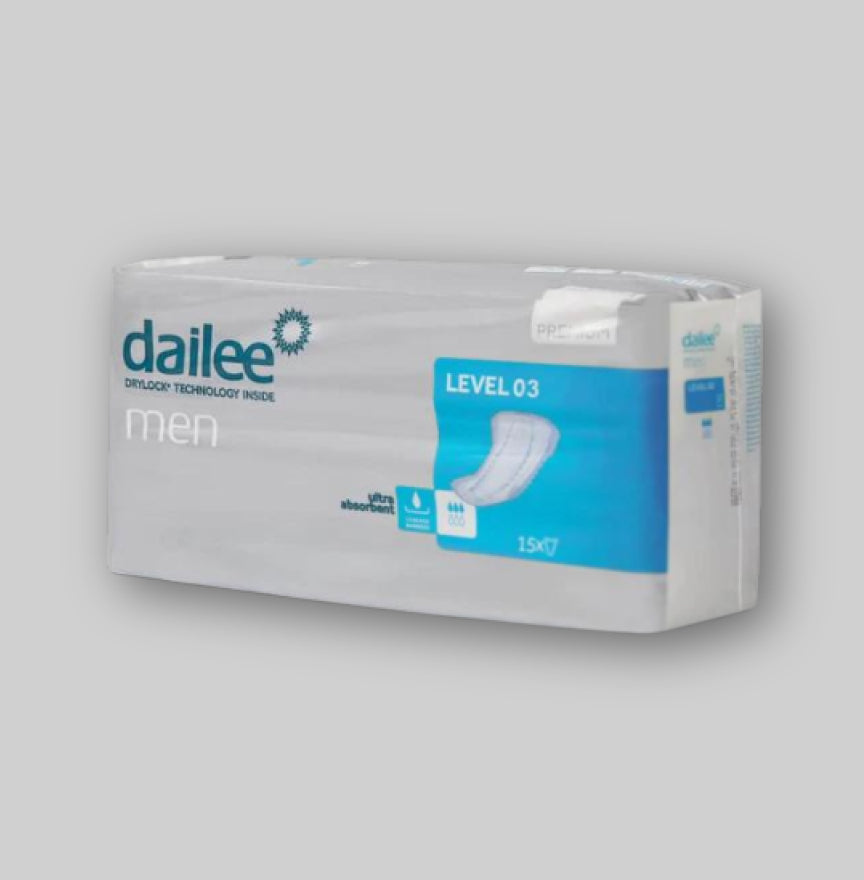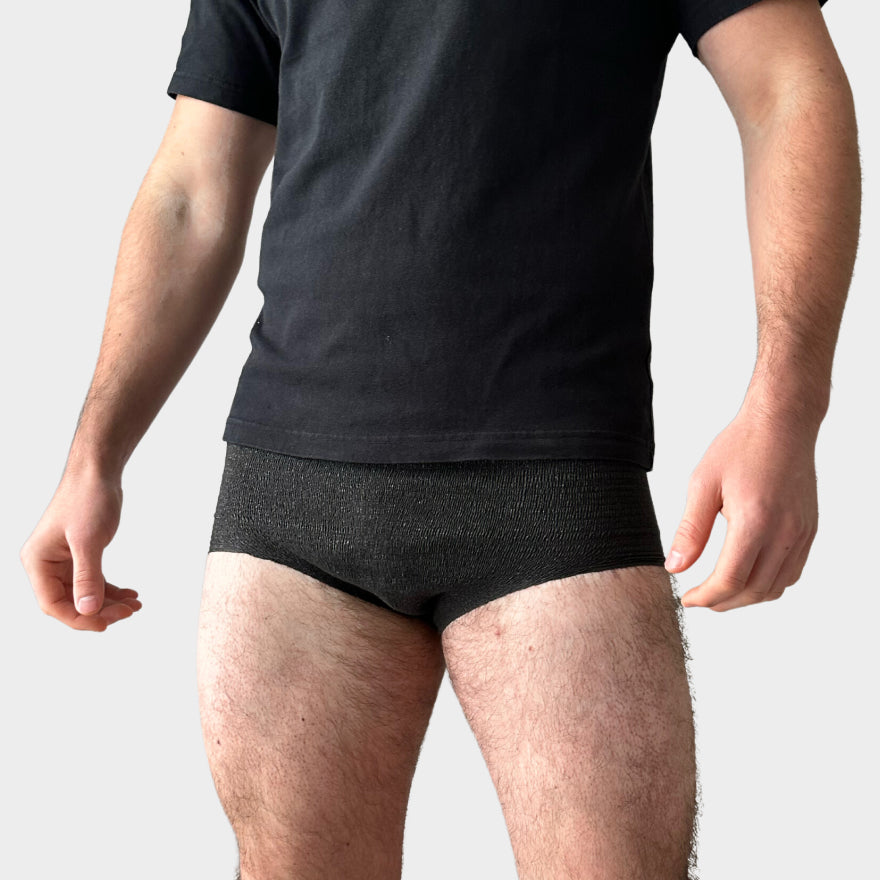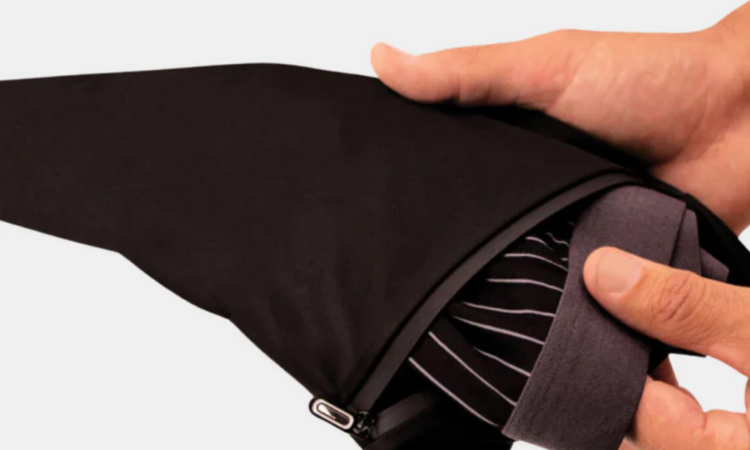Urinary incontinence, or unwanted urine loss, is a common condition that affects millions of people in Belgium and the Netherlands. Despite the openness that has grown in recent years, it remains a problem that many people are ashamed of.
General statistics:
- Urinary incontinence affects approximately 423 million people worldwide (aged 20 years or older)
- A 2015-2018 survey found that 61.8% of women have experienced urinary incontinence
- As of 2018, urinary incontinence in women has increased by 12% since 2004.
- If you are a woman over 60, you may be one of the 9-39% of women who experience urinary incontinence on a daily basis.
- About 17% of men over 40 suffer from urinary incontinence.
- 34% of older men suffer from urinary incontinence
- 11% of older men suffer from urinary incontinence on a daily basis
- In nursing homes, 53% of elderly people suffer from incontinence
- Stress incontinence affects 24-45% of women over 30 years of age.
- In adults over 75 years of age, urge incontinence occurs in 31% of women and 42% of men.
- 5% of people with chronic incontinence suffer from urinary incontinence.
How many people are affected by this in Belgium and the Netherlands?
The statistics surrounding urinary incontinence are staggering:
Belgium:
About 1 in 10 adults experiences urinary incontinence.
The prevalence increases with age:
- 18-44 years: 7.7%
- 45-64 years: 20.5%
- 65+ years: 35.5%
Women are affected twice as often as men.
The Netherlands:
An estimated 1 million people in the Netherlands suffer from urinary incontinence. The prevalence is comparable to that in Belgium:
- 18-64 years: 10-25%
- 65+ years: > 35%
Here too, women are more often the victims: they make up two-thirds of the total group.
Different types and causes:
There are different types of urinary incontinence, each with its own causes:
- Stress incontinence : urine leakage during pressure-increasing activities such as coughing, sneezing or lifting (most common)
- Urge incontinence : sudden, strong urge to urinate, with or without urine leakage
- Overflow incontinence : inability to completely empty the bladder, resulting in frequent dribbling
- Functional incontinence : urinary incontinence due to an underlying condition such as dementia or Parkinson's
The causes of urinary incontinence are diverse and may be related to:
- Weakening of the pelvic floor muscles
- Damage to the bladder or urinary tract
- Prostate problems in men
- Overweight
- Pregnancy and childbirth
- Neurological disorders
- Diabetes
- Side effects of medication
An underestimated problem with major impact:
Urinary incontinence can have a significant impact on quality of life. Shame, social isolation and depression are common consequences. The costs to health care are also significant: in Belgium more than €1 billion per year. ( https://www.uzgent.be/urologie )
Breaking a taboo:
It’s time to break the taboo surrounding urinary incontinence. Stop being shy, because you are not alone! By talking openly about the condition, we can inform more people and help them get the help they need.
Stronger together:
Together we can make urinary incontinence a topic of conversation and improve the quality of life for millions of people. Share this blog, talk to your family and friends, and contact your GP if you are experiencing urinary incontinence. There is no shame in seeking help, and there are solutions available!
